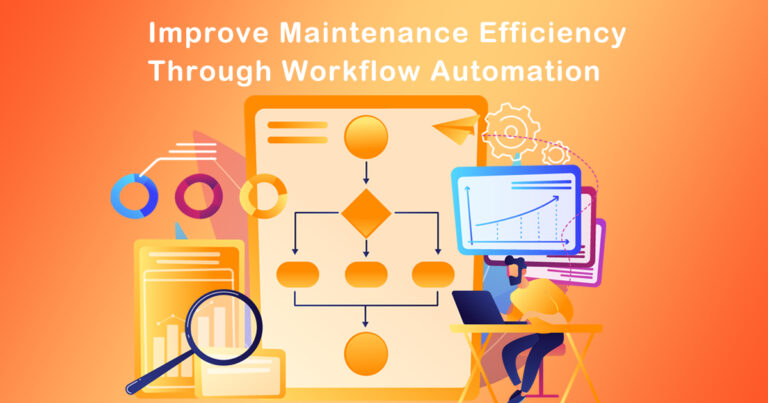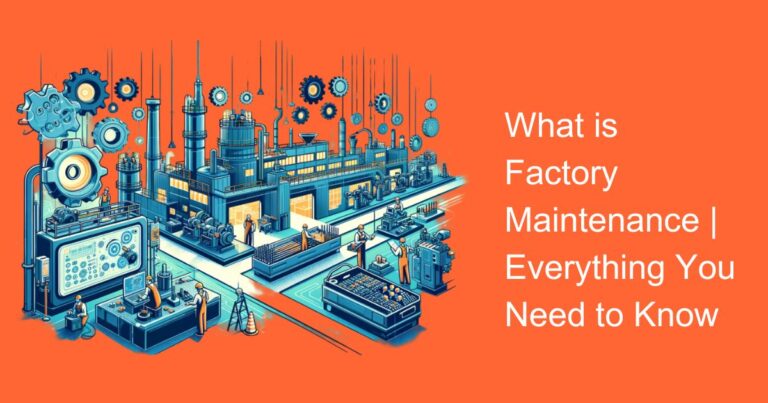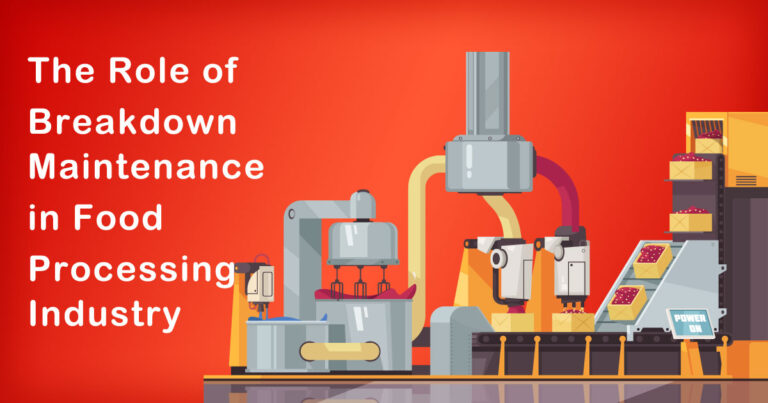Introduction
In the dynamic landscape of the electricity distribution business, the ability to respond swiftly and efficiently to disruptions is crucial. Embracing the role of a superhero in this domain requires the implementation and mastery of four key performance indicators (KPIs): Mean Time to Assess (MTTA), Mean Time to Repair (MTTR), Mean Time Between Failures (MTBF), and Mean Time to Failure (MTTF). These KPIs serve as powerful tools to optimize maintenance activities and ensure the seamless operation of industry-specific assets.
Mean Time to Assess (MTTA)
MTTA refers to the average time taken to assess and diagnose a problem when an asset experiences a failure or malfunction. Swift and accurate assessments are vital in minimizing downtime and potential revenue losses. Electricity distribution companies must develop efficient processes and leverage advanced technologies, such as real-time monitoring systems and data analytics, to shorten the MTTA.
Example: A transformer in an electricity substation experiences abnormal voltage fluctuations. Utilizing smart grid technology, the distribution company’s monitoring system detects the issue instantly and automatically alerts the maintenance team. The team quickly analyzes the data remotely and identifies the cause as a faulty voltage regulator. The MTTA, in this case, is a matter of minutes, allowing them to proceed to the next phase promptly.
Mean Time to Repair (MTTR)
MTTR refers to the average time required to repair and restore an asset to full functionality after a failure has occurred. Reducing MTTR is crucial to minimizing the impact of outages on consumers and businesses. Efficient repair processes, skilled technicians, and access to spare parts are essential in achieving a low MTTR.
Example: A power distribution pole is damaged during a severe storm. A well-prepared maintenance crew, equipped with the necessary tools and spare parts, promptly reaches the site. They efficiently replace the broken components, and the power is restored within a few hours, showcasing a commendable MTTR.
Mean Time Between Failures (MTBF)
MTBF represents the average time duration between two consecutive failures of an asset. A high MTBF indicates that assets are reliable and durable, reducing the frequency of disruptions and maintenance activities. Regular preventive maintenance, adherence to manufacturer guidelines, and using quality components can help improve MTBF.
Example: In an electricity distribution network, a particular type of switchgear is known for its exceptional reliability. Due to diligent maintenance and timely component replacements, this switchgear boasts an impressive MTBF of several years, ensuring consistent power supply to the consumers.
Mean Time to Failure (MTTF)
MTTF denotes the average time that an asset is expected to function without failure under normal operating conditions. This metric is crucial for forecasting asset lifespans, planning replacements, and optimizing maintenance schedules. Understanding the MTTF helps electricity distribution businesses make informed decisions about asset investments and replacements.
Example: The MTTF of solar panels used in a distributed energy generation setup is estimated to be 25 years. This information allows the distribution company to plan the replacement of these panels systematically, ensuring uninterrupted power generation while maximizing return on investment.
Conclusion
Becoming the superhero of improvisation in the electricity distribution business necessitates a comprehensive understanding and mastery of key performance indicators. By optimizing Mean Time to Assess (MTTA), Mean Time to Repair (MTTR), Mean Time Between Failures (MTBF), and Mean Time to Failure (MTTF), distribution companies can enhance operational efficiency, reduce downtime, and provide reliable power supply to their customers.
Industry-specific assets, such as transformers, switchgears, power poles, and solar panels, are integral to the electricity distribution network. By showcasing real-world examples of maintenance activities in action, we can appreciate the impact that effective KPI implementation has on these assets’ performance and overall business success.
Through continuous improvement and technological advancements, electricity distribution businesses can soar to new heights as superheroes of improvisation, ensuring the seamless delivery of electricity to communities and industries alike.







